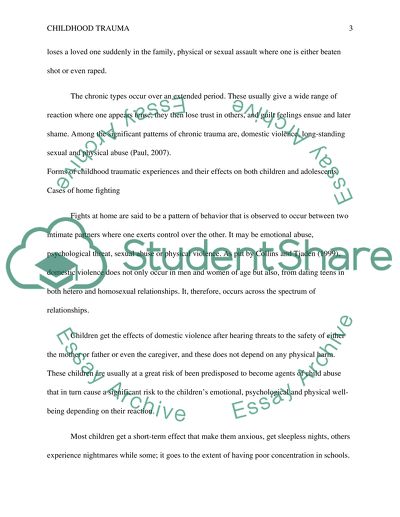Cite this document
(“Childhood trauma and the correlation with substance abuse Essay”, n.d.)
Retrieved from https://studentshare.org/psychology/1666707-childhood-trauma-and-the-correlation-with-substance-abuse
Retrieved from https://studentshare.org/psychology/1666707-childhood-trauma-and-the-correlation-with-substance-abuse
(Childhood Trauma and the Correlation With Substance Abuse Essay)
https://studentshare.org/psychology/1666707-childhood-trauma-and-the-correlation-with-substance-abuse.
https://studentshare.org/psychology/1666707-childhood-trauma-and-the-correlation-with-substance-abuse.
“Childhood Trauma and the Correlation With Substance Abuse Essay”, n.d. https://studentshare.org/psychology/1666707-childhood-trauma-and-the-correlation-with-substance-abuse.


